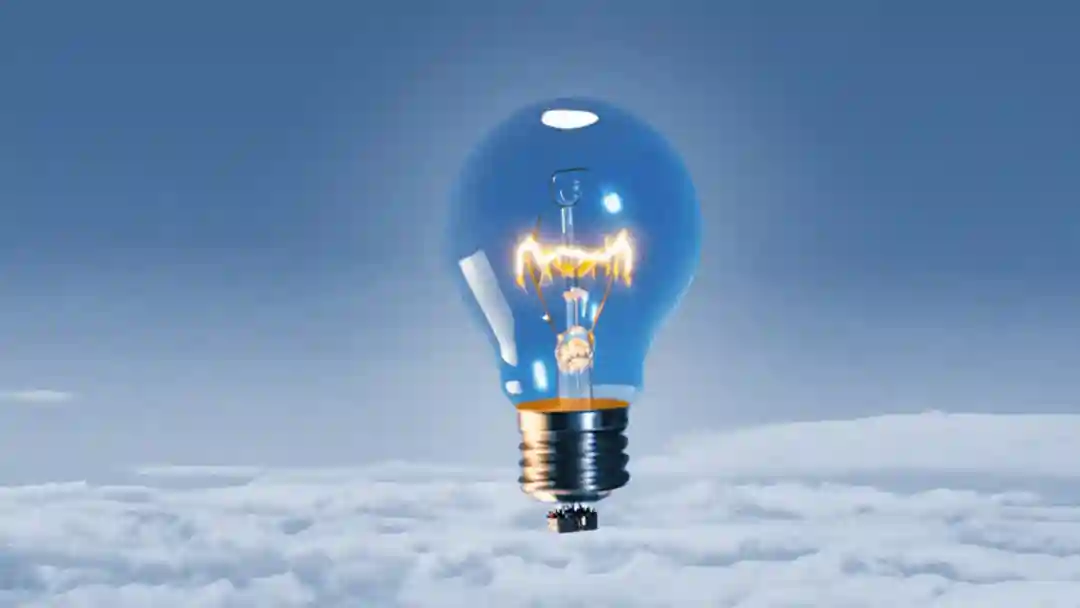
Accelerate Business Growth with Result-Driven Marketing Leadership
Experience significant business growth with our result-driven marketing leadership. Our marketing leadership-as-a-service will not only ignite your company's growth but also take it to a new level by focusing on proven, playbook-driven strategies and pragmatic and effectivetactics. In this post-pandemic era, our streamlined and cost-effective business structure will empower your business to easily adapt to the ever-changing environment and expand into new territories.
Why?
Experience
gigCMO consists of professionals who have risen through the ranks of businesses just like yours, to become Chief Marketing Officers, CEOs, and Founders. We understand how to drive individuals, teams and organisations as well as your freelancers and agencies to higher levels of performance. We have the proven capability to work with whatever marketing resources you may have to deliver an immediate improvement in the effectiveness of your marketing efforts.
Perspective
Our mindset has been shaped by the experience of living and working in different societies and cultures. Every society is a unique system. Every culture is a unique way of life shaped by shared experiences, traditions and history. Therefore, we have seen similar challenges and opportunities that have resulted in different key business issues and key leverage points being addressed. It is outsiders who change the competitive game.
ROI
Our Fractional CMO service delivers an improved return on your marketing investment immediately. We provide the required marketing leadership and execution capability to increase the effectiveness of any marketing initiative. Our playbook is systematic, pragmatic and comprehensive. It is the result of real-world experience applying the lessons of world-leading practitioners and professors. We work with you to deliver improved outcomes in the marketplace.
The Blueprint
gigCMO service offers the flexibility you need, allowing you to activate or deactivate our assistance as per your requirements. We provide an agile and tailored approach designed to meet your unique needs.

Daily Marketing Intervention
Every day, we collaborate closely with you, guaranteeing that all marketing and business development initiatives are delivered promptly, within budget, and aligned with your overall strategy. Daily face to face engagement drives performance.

Weekly Pipeline & Metrics Review
Every week, we meticulously analyse the pipeline and key metrics with the marketing and sales team. Based on our findings, we make necessary adjustments to your go-to-market activities.

Senior Leadership Team Review
Every four weeks, we engage with the Senior Leadership Team (SLT) to ensure marketing & sales is delivering the expected performance, review upcoming initiatives and ensure the business strategy is leveraging marketing capabilities.
How does our Marketing Leadership help you in different growth stages
Proven Outcomes of Growth-Focused Marketing Strategy Leadership
Discover Your Value Proposition
Gain a deeper understanding of your unique value proposition and get to know your customers on a whole new level.
Supercharge Lead Generation
Experience a boost in lead generation and witness improved business performance like never before.
Master Your Go-to-Market Strategy
Gain access to a well-structured and effective go-to-market strategy that will set you apart from the competition.
Maximise Profits and Achievements
Elevate your profits and achieve remarkable milestones in your business journey.
Empower Your Marketing Team
Enhance the skills and capabilities of your junior marketing team, fostering growth and excellence.
Streamlined Marketing and Sales
A transparent and intuitive structure for marketing and sales, expertly crafted to simplify and enhance the entire process.
Start-ups
Our marketing leadership focuses on leading the go-to-market initiatives and deploying the most appropriate models from our Business Growth Playbook 2.1 for you to gain your first customers.
Scale-ups
We are here to lead you in optimising your process through our Playbook. Furthermore, we prioritise knowledge transfer to empower you in enhancing and expanding your marketing capabilities.
SMEs
When you have a go-to-market strategy, a set of processes and skills to drive business growth, our marketing leadership is there to offer strategic guidance and ensure a return on investment.
